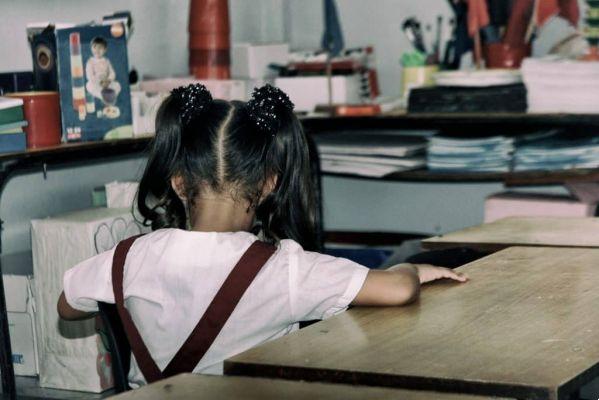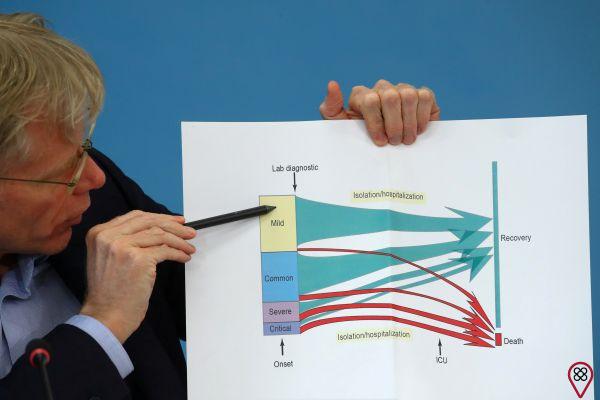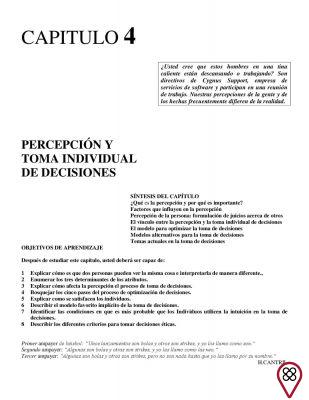Learning is a fun, uplifting process that can be practiced throughout a lifetime. This is the best-known version of learning, but it's not the only perspective on it. According to the ABCD Institute, a reference in dyslexia in Spain, it is estimated that 4% of the Spanish population will suffer from dyslexia, a disorder that causes learning difficulties, in 2020.
Families that are formed by children, teenagers or adults who find it more difficult to learn following traditional ways of teaching need to deal with a number of factors. Firstly, there are many cases in which there is a delay in identifying the problem, which makes the person who suffers from it a victim of bullying or prejudice.
Another challenge that people with learning difficulties must face is the scarcity of resources for them, as most schools are focused only on traditional education systems. When they are adults, the work environment can be even more complicated, in any area, and learning new things in the conventional way can be demotivating.
It is for these reasons that we need to better understand the multiple ways of teaching and learning, so that we are able to fight for educational conditions for those who live the world in a different way. Then expand your knowledge on the topic!
What is a learning disability?
Learning difficulties are the consequence of disorders that make the absorption of content taught to a person in the conventional way slower and less efficient.
It is likely that a person suffering from a learning disability needs to learn different ways than usual, being stimulated in a way that other people are not. It is still possible, however, to learn any content, as long as the appropriate measures are taken.

Signs of learning difficulty
Identifying the learning disability early on is essential to increase the quality of life of those who suffer from a learning disability. But it is not always easy to see that someone is experiencing this problem, especially if that person is a child. Keep reading and see what the signs of a learning disability are.
It is important to understand, first, that each clue is associated with a different disorder. So see what the symptoms of each disorder are and then learn more about each one of them.
1) Symptoms of dyslexia
Difficulty learning to read and speak, memorizing spelling rules, constant dispersion and lack of attention when studying.
2) Symptoms of dysgraphia
Writing of letters of varying sizes, which may be too small or too large, overlapping, incorrect use of capital and lowercase letters and writing misaligned words or with variable space between them.
3) Symptoms of dyscalculia
Difficulty performing simple mathematical calculations, writing mathematical symbols, reading and understanding mathematical concepts, and reading and understanding numbers and symbols in this universe.
4) Symptoms of attention deficit hyperactivity disorder
Difficulty concentrating, memorizing what has been learned and paying attention, depression, anxiety, irritability and excitement, in addition to the difficulty of absorbing the contents that are taught.
If you or a person close to you has had any of these symptoms or is experiencing a lot of difficulty learning, don't interpret that this is just laziness to study. For people who suffer from a learning disorder, learning can be an extremely exhausting activity. Pay attention to the signs and seek professional help!

Disorders that make it difficult to learn
As seen earlier, there are disorders that make learning more difficult. The sooner they are identified, the faster they can be treated, ensuring that the person who suffers from any of them can still learn, but in a different way. Delve into each of them!
1) Dyslexia
Dyslexia is a learning disorder of neurobiological origin that causes a person to have difficulty recognizing letters and words, making reading and writing very difficult. In some cases, speech development may also be impaired.
Treatment for this disorder is done with therapy and tutors, who will accompany the child at school or at home, helping to learn. According to Hospital Albert Einstein, two million cases of the disease are identified annually in Spain. While treatment can help, this disorder does not have a cure, but it can regress over time.
2) Dysgraphia
Dysgraphia is a disorder that is associated with psychomotor problems, as it is a difficulty to write with fluidity, control, precision and constancy. It is important to look at the writing of people who are just learning to write or who have been writing for a while to see if there is a pattern.
Being aware of dysgraphia is essential to know if a child is having trouble writing, which can often be interpreted as sloppy or lazy. Know that she's not always writing too fast, too weak, or too strong because she wants to, but because she can't do it any other way!
3) Dyscalculia
Dyscalculia is a disorder that makes learning math very difficult. Many people may have difficulty learning this discipline, but dyscalculia refers to an inability to even write mathematical symbols.
Thus, it can be operational (difficulty performing operations), graphic (difficulty writing symbols), lexical (difficulty reading and understanding numbers) or verbal (difficulty understanding mathematical concepts).
The treatment for dyscalculia must have the support of family members, school and health professionals. It is necessary to accompany the child who suffers from this difficulty, so that he or she feels supported and knows that it is possible to learn in a different way from the conventional one, without future harm.
4) Attention deficit hyperactivity disorder
Also known as ADHD, attention deficit hyperactivity disorder can develop in childhood or after a very stressful situation. It is also linked to problems in relationships with other people, low self-esteem and learning difficulties.
Treatment for ADHD is done with therapy and the use of medication, in some cases, that will help the person suffering from this disorder to focus on the activities they need to develop. Although it develops in childhood, it can persist into adulthood and it is never too late to treat it.

How can I help someone with learning difficulties?
There are many ways to treat the disorders that cause learning difficulties and it is essential to know the cause of each one of them in order to follow the correct measures. Once it has been identified which disorder is causing someone's learning disability, it is enough to start treatment.
On the part of family members, it will be essential to have patience and availability of time to create a routine for the child and to help him learn what they can. So, you should avoid sermons, aggressive behavior and an unstable environment, which can lower this person's self-esteem, in addition to being more easily distracted.
In relation to schools, it is important that they provide tutors or assistant teachers who are trained to accompany those who have more difficulty in learning. Reinforcement classes, complementary activities and methods that arouse the child's interest are welcome strategies in this process.
Although the joint actions of family members, schools and health professionals are fundamental to help the person who is graduating — or who has reached adulthood, but needs help — there is another resource that can complement these efforts. Alternative therapies work as an efficient complement to cases of attention deficit, for example, which lead to learning difficulties.
First, it is important to establish a daily routine with well-defined schedules. At mealtimes, it is necessary to select healthy and colorful foods that make eating more interesting and nutritious. In leisure time, it is interesting to adopt the practice of physical exercises, especially those that involve interaction with other people, so there will be a stimulus for communication in a playful and fun way. Finally, a good night's sleep will complete the balanced routine of a person who finds it difficult to concentrate.

The support of aromatherapy
Aromatherapy is an alternative therapy that promotes healing of an issue from essential oils, which release aromas that activate different parts of the brain. They can be inhaled, applied to the palms of the hands, used in diffuser necklaces or as air fresheners.
To combat learning difficulties, the ideal scents are those that encourage focus on studies. The most efficient for this purpose are lavender, rosemary, basil and peppermint essential oils. They encourage tranquility and clarity of thought, essential for someone who is very easily distracted.
The complement of chromotherapy
According to chromotherapy, every color that exists stimulates our brains in some way. Therefore, it is through it that we can understand what is the best color to have around a person who suffers from learning difficulties. This color can be present in the case, notebook, activity table, work environment or cell phone, in the case of adults.
Warm colors are the most suitable for stimulating concentration, creativity, energy and focus. Yellow, red and orange, respectively, are the ideal bets for those who want to expand their intellectuality, develop self-esteem and willpower and defend their own points of view without fear.
You may also like
- Investigate breathing techniques that aid learning
- Recognize the importance of the relationship between listening and learning
- Find out how music can be used to stimulate learning
The learning difficulty is a problem that has a solution, which can be applied by a joint action between health professionals, family members, schools and alternative therapies. It takes patience and determination to help those who suffer from disorders that lead to this difficulty, encouraging them to find the best in themselves!

























